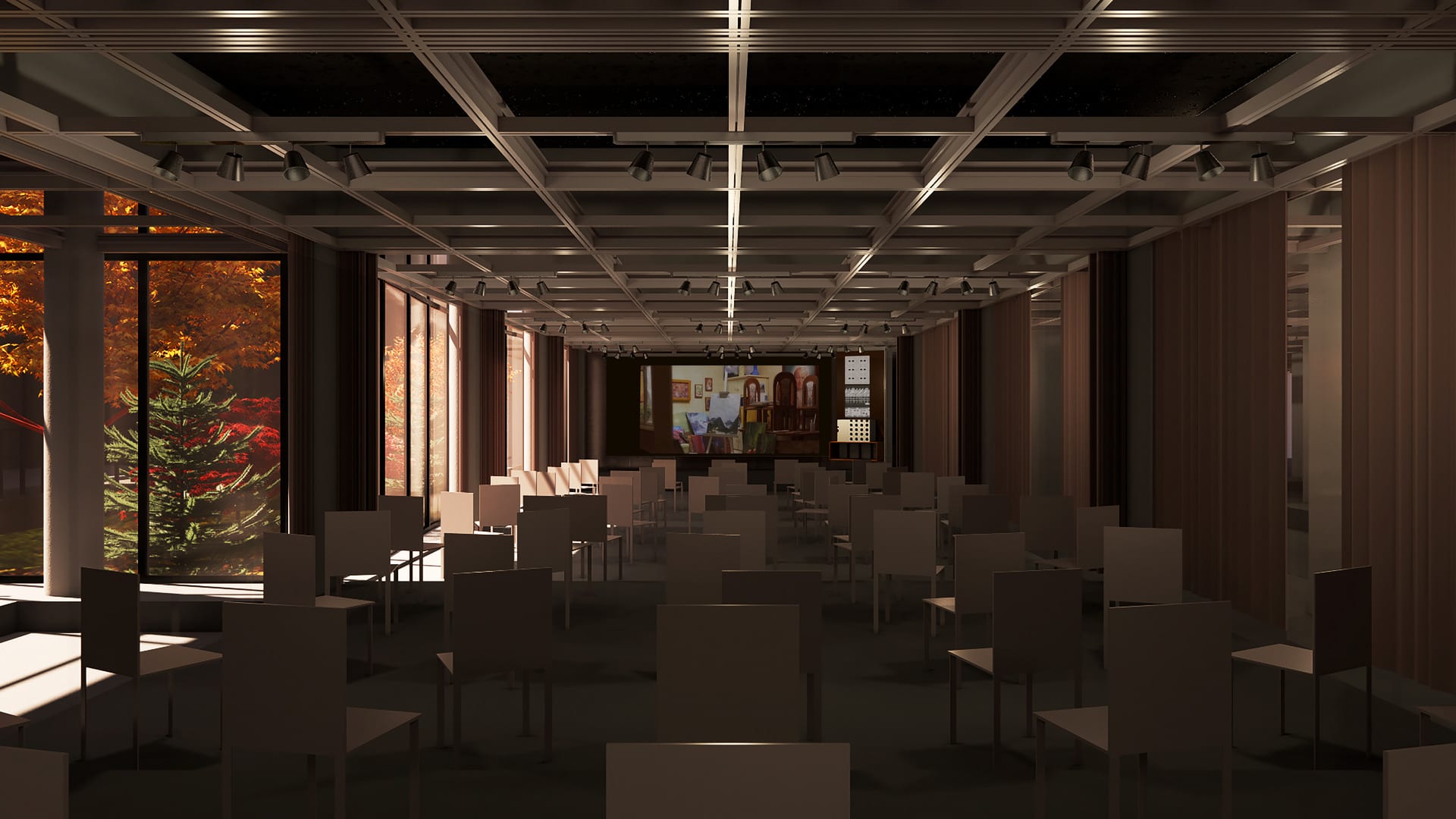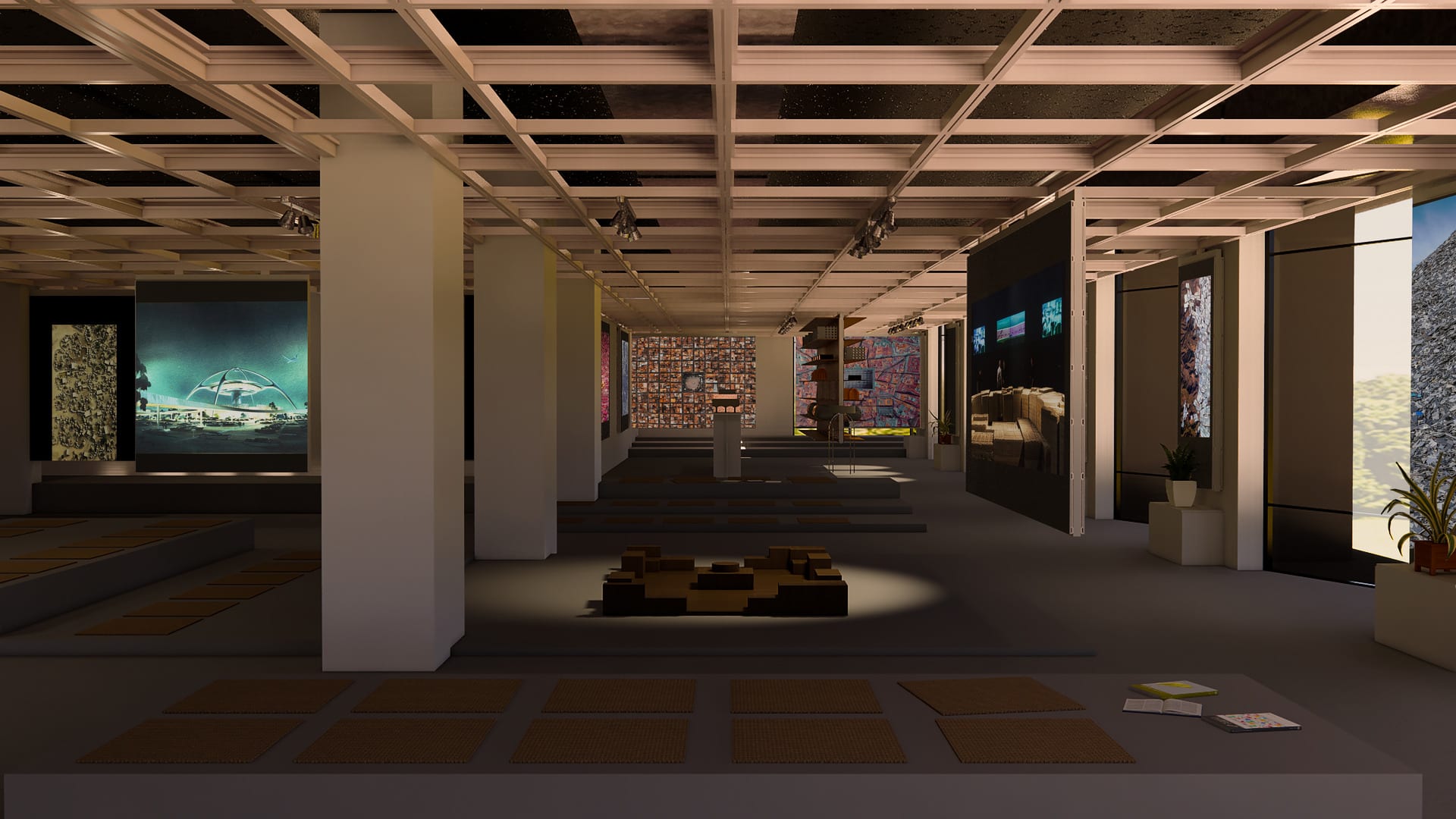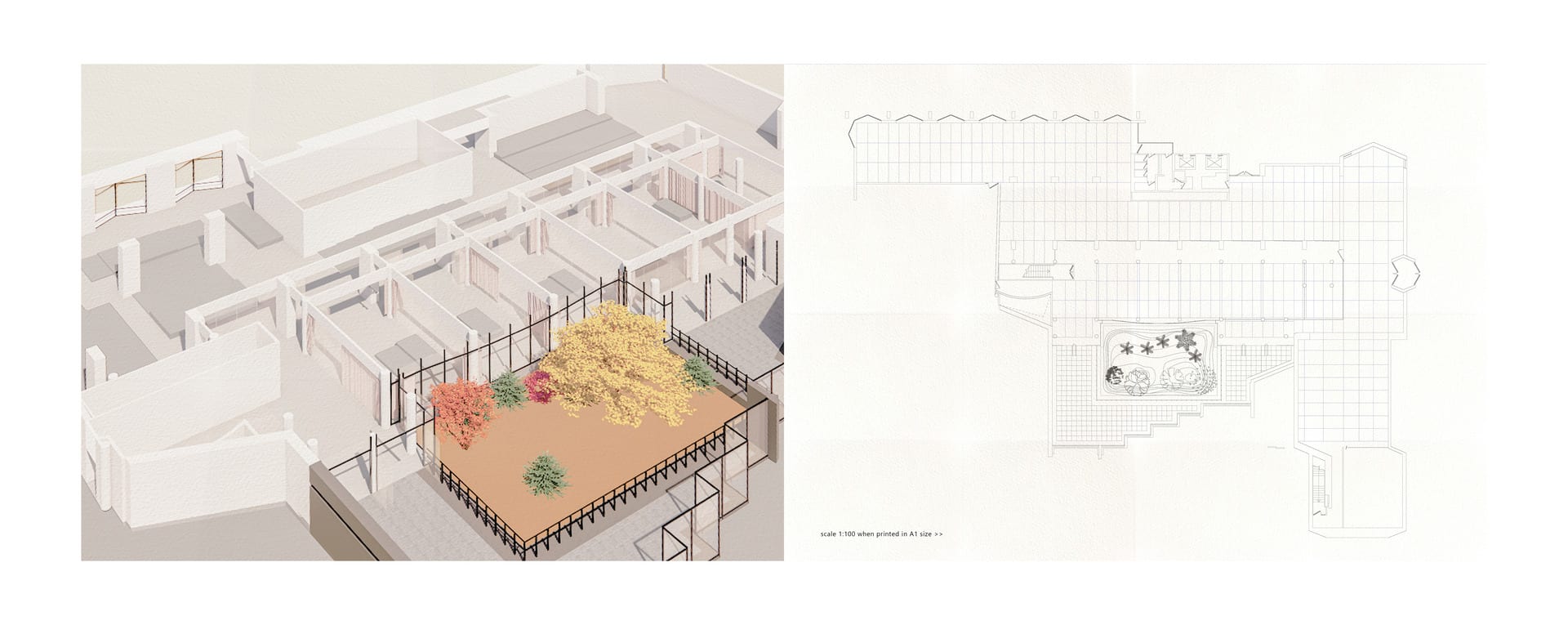I like observing the moments, the spaces, and the life, as well as recording them through the media or memory, like an onlooker. People do not often appear in my works, but the human traces are never erased. I am always curious, to build up my "umwelt" based on the real world. Architecture is the media for dialogue between reality and the mental world, that transfers the personal pursuit but influences and takes benefits others.
I am from a country characterized by its population and density, being proud of its construction and infrastructure [China], but I grew up in a small city with a fascinating peace and natural features. A conflict experience shapes my interests in standing between new technic and humanistic aesthetics, macro and subtle, contemporary and traditional. I had working experience in designing contemporary shopping malls but combining the humanistic aesthetic with the new technic in school projects.
If everyone's "umwelt" is various based on the same objective environment, my umwelt is the "gap" among the existing restriction, to seek the possible improvement to cast off current regulations and standardization that has always kept the same. It brought me to this year's topic - "new liberty", based on the theory in the education field, to design the RCA architecture school studio as a de-schooled institute. The methodology is to think of and express the macro new pedagogy mode through subtle space scenography.
In a different method, I researched the large-scale national park and designed a public leisure park in the RCA’s first year. I finished my architecture part 1 study at the University of Sheffield and had a one-year working experience; designing the complex commercial buildings in China, after my part-one graduation.

















